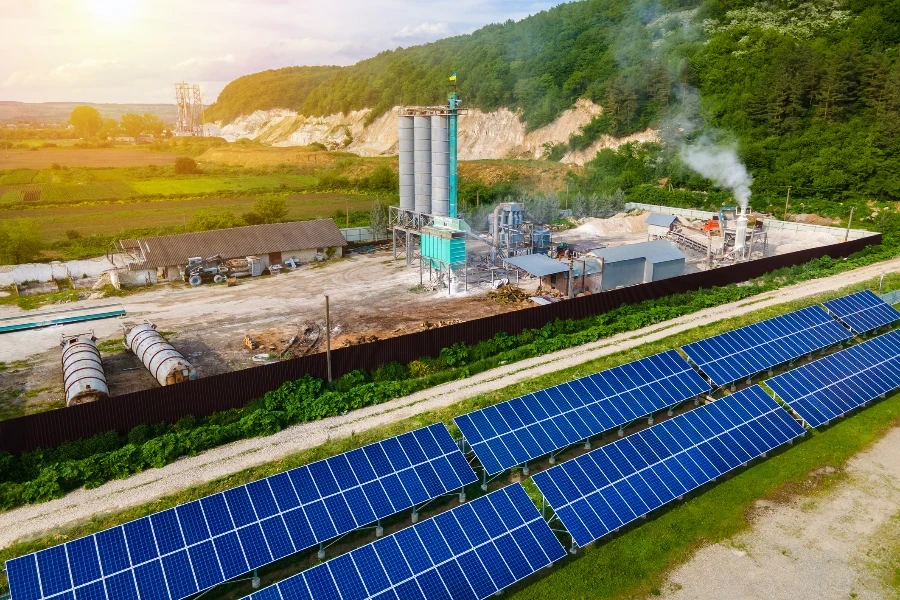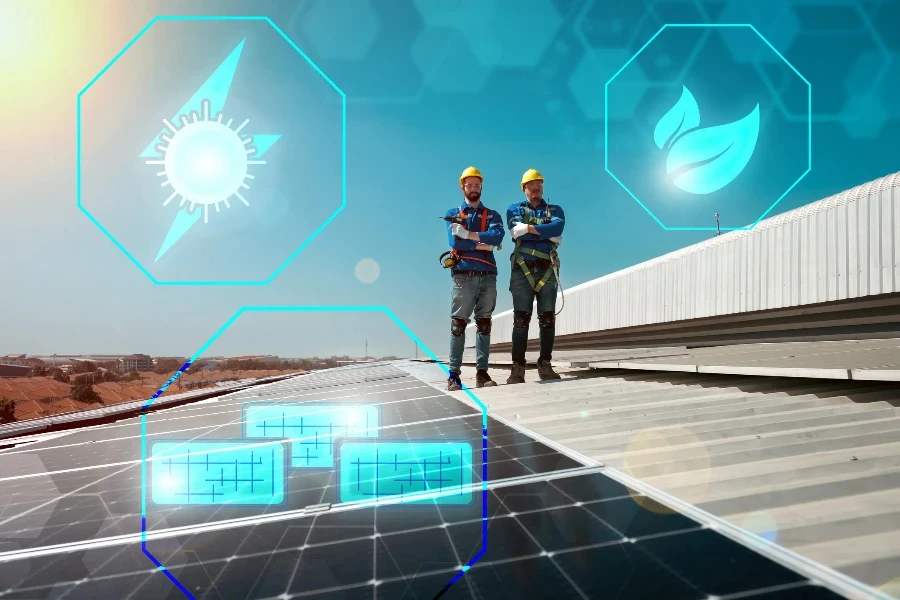The realm of renewable energy is ever-evolving, with solar thermal technology standing at the forefront of innovation and sustainability. This article delves into the latest solar thermal energy news, breaking down complex developments into understandable insights. By exploring recent advancements, challenges, and future prospects, we aim to provide a comprehensive overview of the solar thermal energy landscape. Join us as we navigate through the intricacies of this promising renewable energy source.
Table of Contents:
– The latest advancements in solar thermal technology
– Overcoming challenges in solar thermal energy
– The economic impact of solar thermal energy
– Solar thermal energy in residential applications
– The future of solar thermal energy
The latest advancements in solar thermal technology

Solar thermal energy has seen significant technological advancements, enhancing efficiency and expanding applications. Recent innovations include improved thermal storage solutions, which allow for energy storage during peak sunlight hours and usage during off-peak times. This development addresses one of the primary challenges of solar energy – its intermittency. Furthermore, advancements in materials used in solar thermal collectors, such as vacuum tubes and parabolic troughs, have increased their heat absorption efficiency, making the systems more effective in converting sunlight into thermal energy.
Another noteworthy advancement is the integration of solar thermal systems with existing industrial processes. By using solar thermal energy to generate steam or heat for industrial applications, companies are reducing their carbon footprint and energy costs. This integration showcases the versatility of solar thermal technology and its potential to contribute significantly to global renewable energy targets.
The adoption of artificial intelligence and machine learning in the monitoring and control of solar thermal plants is also enhancing their efficiency and reliability. These technologies predict optimal operation times and maintenance needs, further improving the overall efficiency and lifespan of solar thermal systems.
Overcoming challenges in solar thermal energy

Despite its potential, solar thermal energy faces several challenges. One of the main hurdles is the high initial cost of installation. The upfront cost of solar thermal systems, including collectors, storage tanks, and integration with existing heating or cooling systems, can be prohibitive for some users. However, ongoing research and development are focused on reducing these costs through more efficient manufacturing processes and materials.
Another challenge is the spatial requirement for solar thermal installations, especially for large-scale applications. Solar thermal plants require significant land area to accommodate the solar collectors. This can be a limiting factor in densely populated areas or regions with high land costs. Innovations in compact designs and multi-use installations, such as integrating solar collectors with buildings or existing infrastructure, are being explored to address this issue.
Lastly, public awareness and acceptance of solar thermal technology lag behind other renewable energy sources like photovoltaics. Efforts to educate the public and policymakers about the benefits and potential of solar thermal energy are crucial for its wider adoption and support.
The economic impact of solar thermal energy

The economic implications of solar thermal energy are profound. By reducing reliance on fossil fuels, solar thermal technology can significantly decrease energy costs over time. The reduction in energy bills is a direct benefit to consumers, especially in regions with high sunlight exposure. Additionally, solar thermal energy contributes to job creation in the renewable energy sector, from manufacturing and installation to maintenance and operation of solar thermal systems.
On a larger scale, the adoption of solar thermal technology can enhance energy security by diversifying energy sources and reducing dependence on imported fuels. This shift not only has economic benefits but also geopolitical implications, contributing to national security.
Investments in solar thermal energy also stimulate technological innovation and contribute to the growth of the green economy. As the technology advances and becomes more cost-effective, the potential for export and international collaboration increases, further boosting economic development.
Solar thermal energy in residential applications

In the residential sector, solar thermal energy is primarily used for water heating and space heating. The simplicity of solar water heating systems makes them an attractive option for homeowners looking to reduce their energy bills and carbon footprint. These systems can be easily integrated with existing water heating systems, providing a seamless transition to renewable energy.
Space heating with solar thermal energy, while less common, is gaining traction in regions with sufficient sunlight. Advances in thermal storage technology have made it possible to store excess heat generated during the day for use at night or on cloudy days, enhancing the viability of solar thermal systems for space heating.
The environmental benefits of adopting solar thermal energy in residential applications are significant. By reducing greenhouse gas emissions associated with conventional heating methods, households contribute to global efforts to combat climate change. Furthermore, the long-term savings on energy bills make solar thermal systems a financially sound investment for many homeowners.
The future of solar thermal energy

Looking ahead, the future of solar thermal energy is bright. With ongoing research and development aimed at overcoming current challenges, the efficiency and affordability of solar thermal systems are expected to improve. This progress will likely lead to wider adoption in both residential and industrial sectors.
Emerging trends, such as the combination of solar thermal technology with other renewable energy sources, promise to enhance the reliability and flexibility of renewable energy systems. Hybrid systems that incorporate solar thermal, photovoltaic, and wind energy could provide a consistent and sustainable energy supply, further accelerating the transition to a renewable energy future.
The role of policy and regulation in supporting the growth of solar thermal energy cannot be overstated. Incentives, subsidies, and supportive regulatory frameworks are essential to encourage investment and innovation in the field. As public and political will align with the imperative of renewable energy, solar thermal technology is poised to play a pivotal role in the global energy landscape.
Conclusion:
Solar thermal energy stands at the cusp of a renewable energy revolution, with the potential to significantly impact our approach to energy generation, consumption, and sustainability. By embracing the latest advancements, addressing existing challenges, and capitalizing on the economic and environmental benefits, solar thermal technology can contribute to a cleaner, more sustainable future for all.




